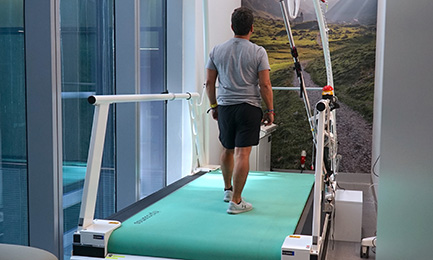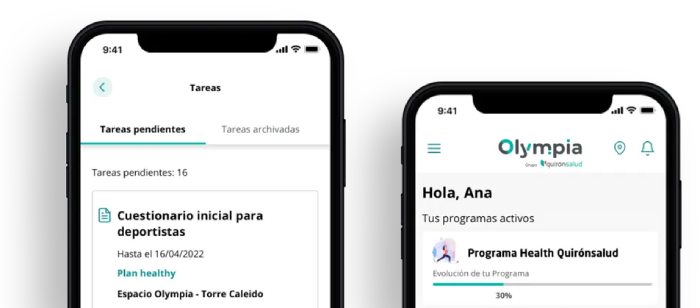Sport Center
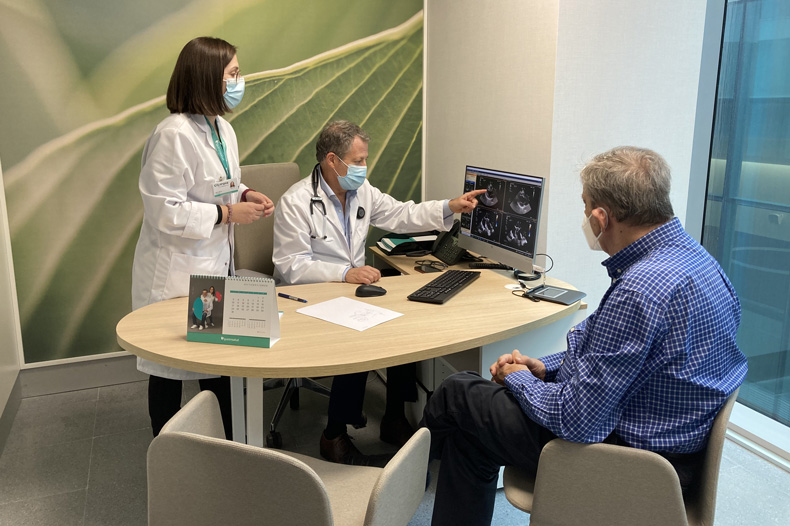
Sports Cardiology Unit
Its main objective is to ensure the cardiovascular health of athletes, optimise their performance, prevent injuries and minimise cardiac risks during physical exercise.
Our Sports Cardiology Unit is made up of specialists with extensive experience in cardiovascular health care, both for athletes of any level and for all those who wish to start practising any type of physical activity and who are looking for a healthy and cardioprotective approach to sport. Our main goals are the following:
- To rule out cardiovascular disease in apparently healthy individuals of any age, who want to start doing sport or are already practising it at any level. At present, we know that 1 in 300 young people suffer from heart disease, which implies an increased risk of cardiac arrest during sport. An additional 2% suffer from other heart diseases, which are not life-threatening, but will require personalised advice on the type of physical activity.
- To prescribe appropriate physical and/or sports activity to all persons, athletes or not, who suffer from some type of cardiovascular disease, minimising the risks of suffering a serious event and/or exercise accelerating the progression of their disease. A prescription that includes the correct type and ‘dosage’ (frequency, intensity and duration) represents one of our main weapons in both the prevention and treatment of cardiovascular diseases. A suitable diagnosis that includes an accurate risk assessment of each patient is a prerequisite for an appropriate prescription
- To assess the physiological cardiovascular adjustments specific to the trained athlete and to try to determine possible medical causes related to a decrease in physical performance.
Innovation technology
- High-end ultrasound scanners
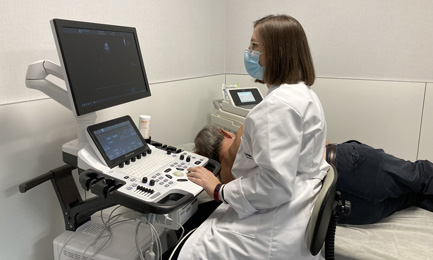
High-end ultrasound scanners
With 3D technology and myocardial deformation analysis.
- Treadmill
- High-end cyclosimulator
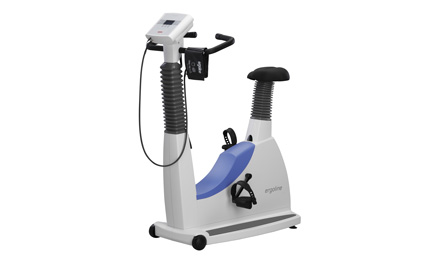
High-end cyclosimulator
This allows cyclists, in any mode of the sport (road, mountain), to carry out the stress test while pedalling on their own bicycle.
- Next-generation equipment
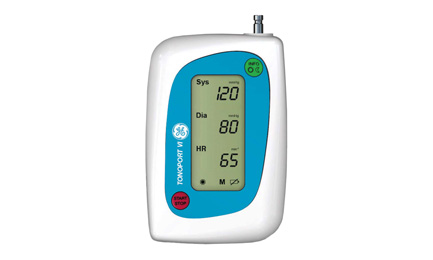
Next-generation equipment
For outpatient monitoring of electrocardiograms and blood pressure.
Featured procedures
Based on all the data collected, we provide personalised advice on the practice of physical exercise and/or sport for each person, including recommendations on the most appropriate intensity, duration and type of exercise to guarantee optimum performance without putting cardiovascular health at risk. In the event that a cardiovascular disease or potential risk is detected, sports cardiologists specialise in prescribing the best treatment for that disease, which will range from medical therapies to invasive procedures.
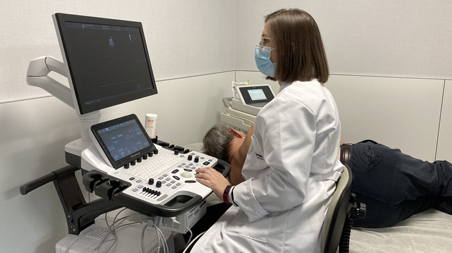
Echocardiogram
The echocardiogram is a cornerstone of any cardiovascular assessment, alongside a detailed medical history, physical examination and electrocardiogram. Its purpose is to assess cardiovascular morphology and function for the diagnosis of structural abnormalities of the heart. At Olympia, we have state-of-the-art equipment that allows optimal image resolution for high quality screening.
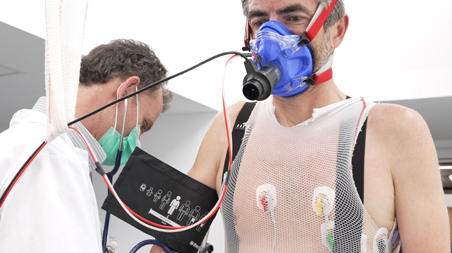
Gas stress test
To properly assess how the body functions in the face of physical effort, it is essential to assess all the systems involved, including the cardiovascular system, the cells, the blood, the respiratory system and the musculoskeletal apparatus. Gas ergometry is used for this purpose, which, thanks to cardiac monitoring by means of continuous electrocardiogram and through the analysis of exhaled air, provides us with integrated information on all these systems. This test has two potential uses:
- Diagnosis of diseases (cardiovascular, pulmonary, etc.) that manifest themselves as excessive fatigue in the face of regular physical exertion.
- Therapeutic approach and prognosis of known diseases: both of cardiovascular and pulmonary origin.
- Screening for problems such as arrhythmias or ischaemia during exercise in asymptomatic people.
- Determination of maximum capacity: (maximum oxygen consumption) and submaximal (ventilatory thresholds), in order to be able to prescribe personalised physical exercise and training to optimise performance by improving adjustments to exercise, both from a metabolic and cardiovascular point of view.
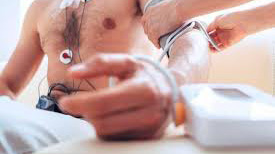
Outpatient monitoring of electrocardiograms (conventional and long-term Holter ECG) and blood pressure (ABPM).
These are complementary tests that are used to assess the presence of arrhythmias or arterial hypertension in the athlete’s everyday life, to be used in the event that any of the tests carried out previously show abnormal results.
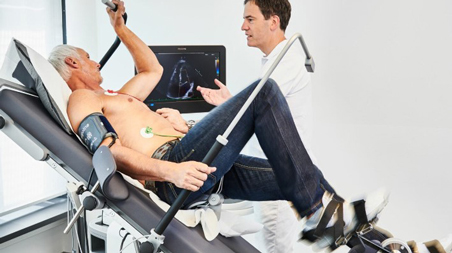
Stress echocardiogram
We have a recumbent cycloergometer that allows a more accurate morphological and functional assessment of the heart while the patient performs the stress test, even at maximum intensity.
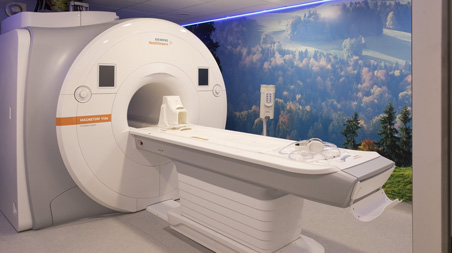
Cardiac Magnetic Resonance Imaging
This is the most accurate test for a structural evaluation of the heart. In the case of athletes, it is used especially when there are doubts or alterations in the resting and/or exercise electrocardiogram and/or in the echocardiogram.


